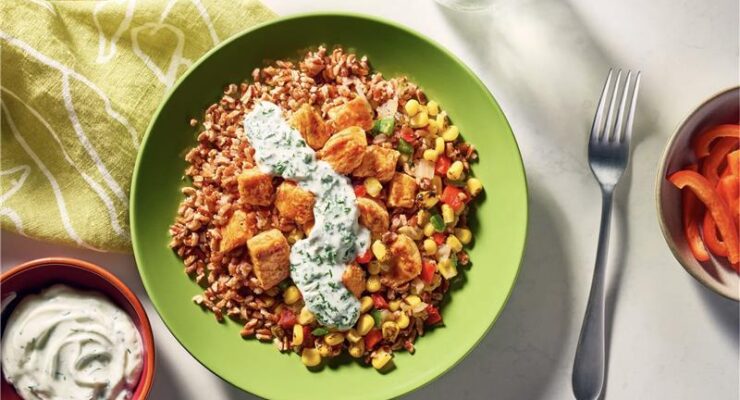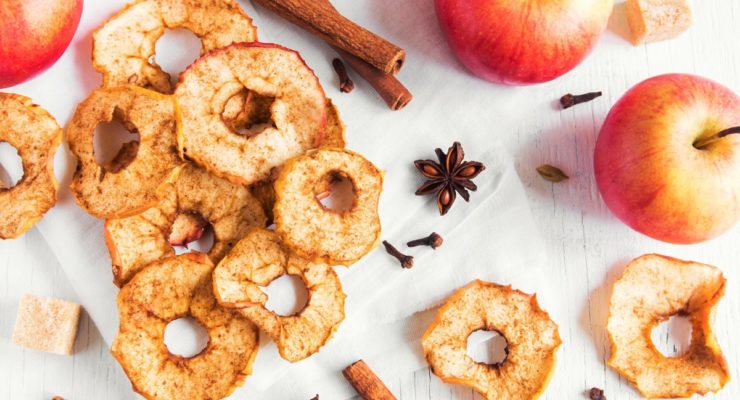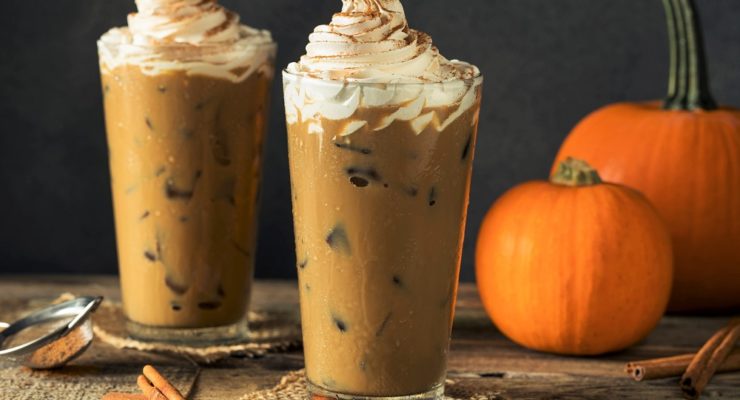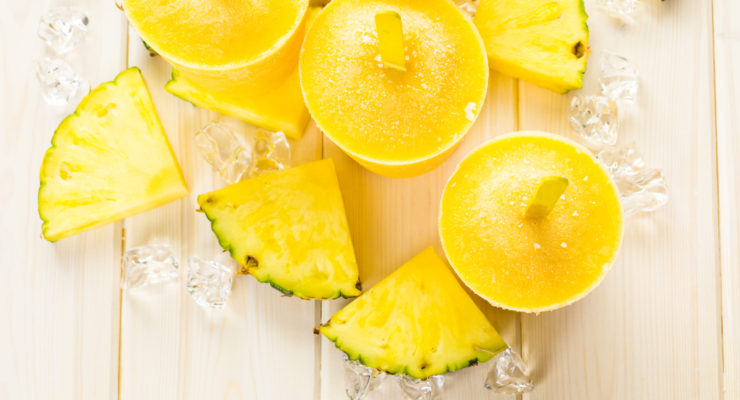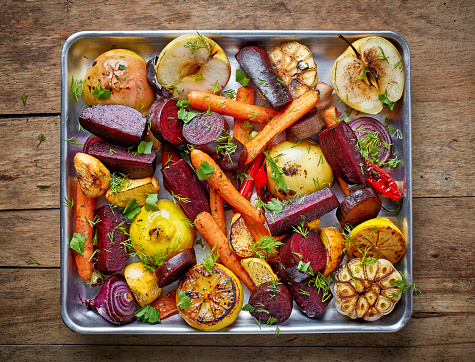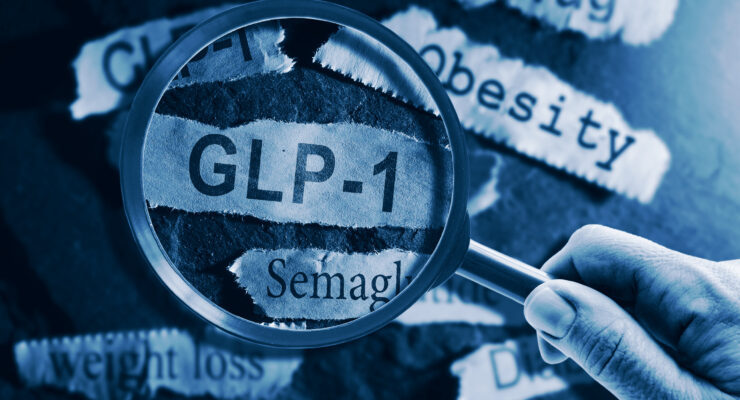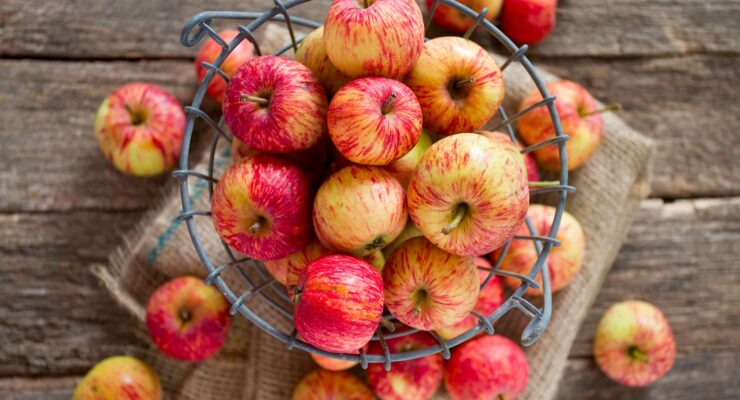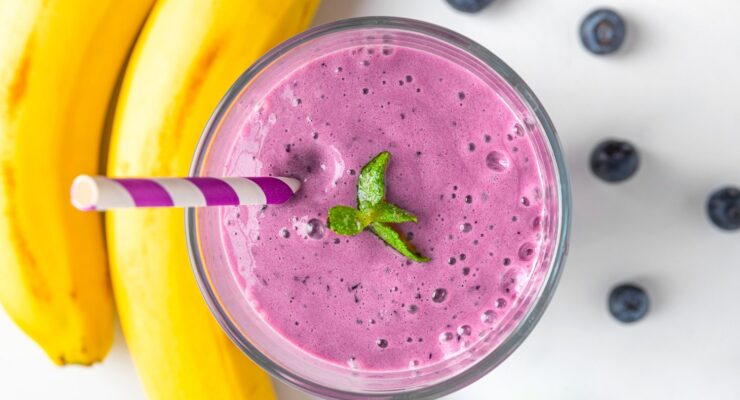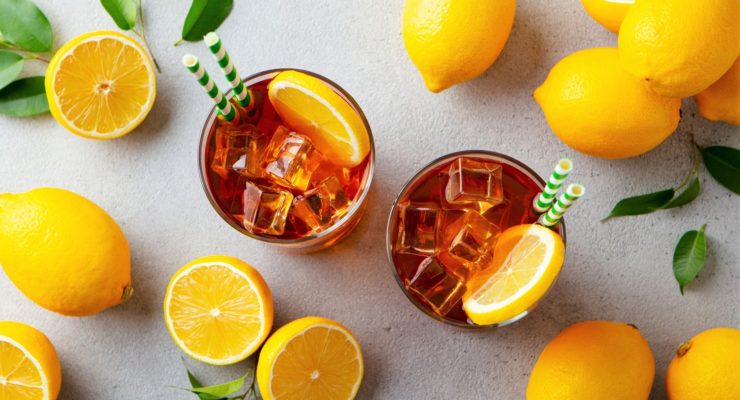8 Red Foods You Need in Your Life
Article posted in: Diet & Nutrition
There’s no disputing it: The healthiest diet is a colorful one. And a colorful diet should definitely include red foods, which not only brighten up your plate, they fire up the nutritional content of your meals and snacks, too. Fruit, vegetable or legume, they’re all loaded with powerful antioxidants and other micronutrients that protect your health and keep your body strong. Here are eight different foods you need to be eating, and tasty ways to put a little red spark in your daily diet:
1. RASPBERRIES
Nutrisystem category: SmartCarbs
Serving size: 1 cup
Why: The sweet little berries are rich in quercetin, one of many flavonoids, which are linked to lower cholesterol and weight loss, reports a study from the Journal of the International Society of Sports Nutrition.
Try: Freeze fresh raspberries, then use them instead of ice cubes to cool lemonade, bumping up the flavor and nutrient content of summer’s favorite refreshment.
2. WATERMELON
Nutrisystem category: SmartCarbs
Serving size: 1 cup cubed
Why: The juicy fruit’s high potassium content helps your body to maintain healthy sodium levels and protects you from retaining excess fluids.
Try: For a low-calorie summer dessert, cut watermelon into triangles, brush them with olive oil and grill on each side for about two minutes. If you have Extras left, drizzle the slices lightly with honey before serving.
3. CHERRIES
Nutrisystem category: SmartCarbs
Serving size: 1 cup
Why: Cherry consumption corresponds with reduced concentration of fats in the blood and in the abdomen, reports a study published in the Journal of Medical Food.
Try: Pie (or sour) cherries are even more healthful than their sweet cousins, so get the maximum benefits by blending the tangy little fruit into smoothies or yogurt.
4. CRANBERRIES
Nutrisystem category: SmartCarbs
Serving size: 1/4 cup dried
Why: Proanthocyanidins, the phytochemicals that are the source of cranberries’ color, prevent bacteria from sticking and multiplying, protecting you from common urinary tract infections.
Try: Add dried cranberries to a garden salad for a dash of tartness that complements the sweet flavors of vegetables like peppers and carrots.
5. TOMATOES
Nutrisystem category: Vegetables
Serving size: 1 cup raw
Why: Tomatoes are one of the best sources of lycopene, an amino acid associated with a lower risk of cardiovascular disease and several forms of cancers, according to a report from the National Institutes of Health.
Try: Grill thick tomato slices brushed with olive oil for about four minutes, then top with pepper and basil.
6. HOT PEPPERS
Nutrisystem category: Free Foods
Why: Researchers at Purdue University found that consuming hot red peppers increased study participants’ core body temperature and sped up their metabolism.
Try: For mild heat, go with poblano or pimento peppers. If you like the spiciest food, dare to bite into ghost peppers.
7. BEETS
Nutrisystem category: Vegetables
Serving size: 1/2 cup cooked
Why: Consuming beet juice lowered subjects blood pressure within one hour of consuming and it continued to go down for three to four more hours in a study at the London School of Medicine.
Try: Slow-roast the red roots to bring out their naturally sweet flavor.
8. KIDNEY BEANS
Nutrisystem category: SmartCarbs
Serving size: 1/2 cup cooked
Why: With eight grams of protein and more than five grams of fiber in a half cup, kidney beans provide you with lots of high-octane fuel and keep you feeling full for hours.
Try: Low-sodium canned kidney beans, which are cooked and ready to eat in dishes like tortillas filled with grilled vegetables and salsa.

